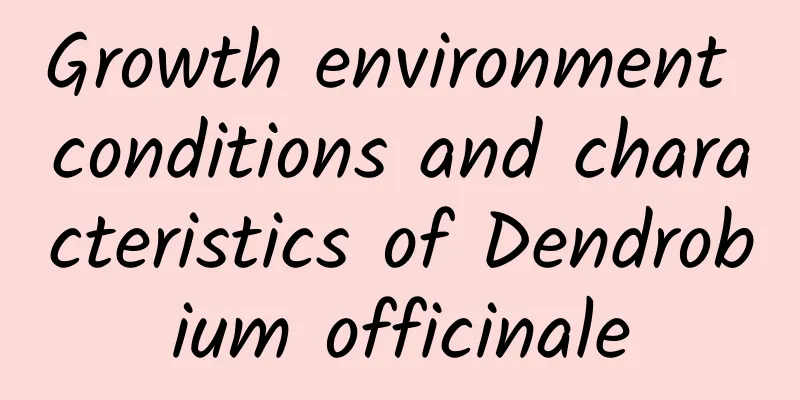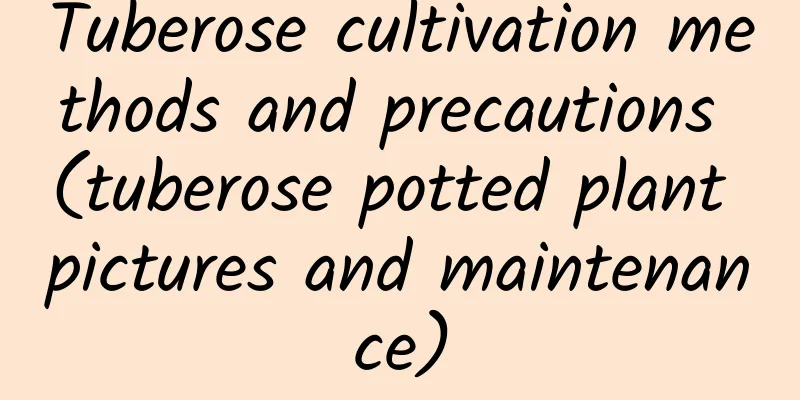Tie 3 camellia trees together, the branches will be thick and strong, and they will bloom 100 flowers every year!

Three camellia seedlings tied together, growing into a strong camelliaImage source: Camellia Micro Vision If flower lovers raise a single camellia seedling and want it to grow thicker and stronger, it will really take many years. If you tie the main trunks of three camellia seedlings together, they will slowly grow together and become one! Sounds interesting, right? Come and learn now! 1. Find 3 strong camellia seedlingsFlower lovers may be curious why there are 3 trees? Because the trunks of three seedlings will be rounder when merged together, but if there are two seedlings, they will become flatter when merged together. Be careful to choose seedlings with well-developed root systems. 2. Remove the three seedlings from the potRemove the camellia seedlings from the pot, being careful not to damage the roots. 3. Prune the roots and remove some of the soil.Observe the root system carefully, find the side where the roots of the seedlings are sparse, remove 2/3 of the soil on this side, and then trim off the old roots, empty roots, rotten roots, etc. 4. Combine the roots of the three seedlings together.A part of the soil of each of the three seedlings was removed, and the roots of the three seedlings were put together, and attention was paid to merging the main trunk parts as much as possible. 5. Tie the three main trunks together.Before tying them together, you can use a knife to scrape off the bark on the main trunks that are close together, so that after tying them tightly, the three trees can grow together. There is no need to peel the bark too cleanly. In fact, even if you don't peel it, the three main trunks will still grow together. Tie the trunk as long as you want it to be. 6. Wrap a layer of black glue, wrap a circle of aluminum wire, and then put it in the basinBefore potting, adjust the position of the crown and tie it with a layer of black tape to allow the wound to heal as quickly as possible, then wrap the main trunk with aluminum wire. 7. Plant in the ground 2 months after potting.After the camellia seedlings have been in the pot for 2 months, remove them from the pot and plant them in the ground. This is more conducive to root growth and will allow the camellia to grow faster. Generally, after planting in the ground, it will take about 2-3 years for the wound to heal completely and turn into a camellia! The three branches are intertwined and grow into a thick and tall trunk.Image source: Camellia Micro Vision Flower lovers can also twist the branches of a camellia seedling together to grow it into a main trunk! It will grow thick and strong soon! The principle is the same as tying 3 seedlings together! 1. The branches are intertwined and grow into a thick trunk.The branches of this camellia were originally located relatively low and the shape was not good-looking, but by twisting and fixing the two branches together, and after some growth and healing, it grew into a trunk with a unique shape! 2. The trunk thickens at twice the speedAfter 7-8 years of growth and healing, the trunk has grown very thick, about 7-8 centimeters, and it can’t be held in one hand! If the branches had not been merged, it would have taken more than ten years to grow this thick! The trunk merging method, Isn’t it amazing? If you find it useful, Just share it with your friends! |
Recommend
The efficacy and function of nail orchid
The efficacy and function of nail orchid The orna...
When do petunias bloom?
When does it bloom? Petunia is a common ornamenta...
What to do if the leaves of bromeliad change color
Reasons for Bromeliad Leaf Color Change The leave...
How to make mimosa grow lushly and how to trim it if it grows too tall
1. How to grow lush 1. Environmental temperature:...
What fertilizer is best for Hoya
Hoya fertilization time Hoya can be fertilized se...
Feed Clivia some of this, and it will bloom every year without fertilizer
Do not fertilize during flowering period Never ap...
How to prune the branches and leaves of the green treasure tree? Tutorial and illustrations of pruning methods
The time for pruning the Emerald Tree is mostly c...
Difference Between Maple and Sycamore
1. Difference of blades Maple leaves are opposite...
When is the best time to prune chrysanthemums? What is the best time and method to prune and top?
Chrysanthemum pruning time When pruning chrysanth...
The difference between sour jujube and hawthorn
1. Leaf Difference The leaves of the sour jujube ...
Cultivation method of Portulaca grandiflora
Cultivation method of Portulaca grandiflora soil ...
How to propagate passion fruit
Passion fruit cutting time Cutting propagation ge...
What vegetables can be grown on the balcony in June?
Leafy vegetables Summer cabbage, cauliflower, wat...
Thirty of the most beautiful "flowery" roads, a lifetime is not enough to walk
Flower shade all over the sky Like a dream (Autho...
How to grow aloe vera healthily?
Aloe vera is a common indoor potted plant. It is ...









